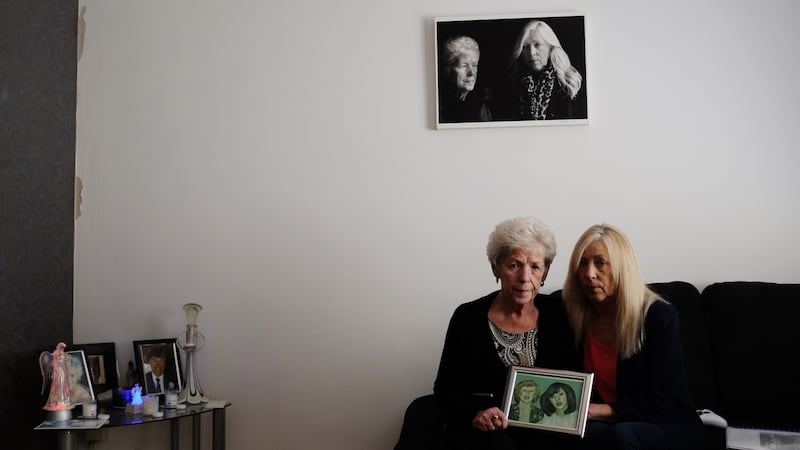Families campaigning for a new inquiry into the 1981 Stardust fire disaster insist they have unearthed “significant new evidence” which “cannot be ignored”.
Cabinet will, on Tuesday, discuss a private members motion, being introduced to the Dáil on Wednesday by Independent TD Tommy Broughan, calling for a new inquiry into the fire. 48 young people died in the nightclub inferno in Artane, Dublin in the early hours of February 14th, 1981.
Independent Minister Finian McGrath supports the motion, though the Government says there is insufficient evidence for a new inquiry.

A tribunal of inquiry established in the aftermath of the tragedy, chaired by Mr Justice Ronan Keane, reported in November 1981 that the "more probable explanation of the fire is that it was caused deliberately" and "probably started (on a seat) in the west alcove".
The families always rejected this and campaigned for a new inquiry. In 2008, Paul Coffey SC (now Mr Justice Coffey), was appointed to conduct a review and in 2009 reported the cause of the fire could not be identified, absolving any the Stardust patrons of arson. On February 3rd, 2009 the families welcomed a formal government statement that there was no evidence the fire was started deliberately.
They subsequently found, however, there had been over 70 alterations to the initial report submitted by Mr Coffey on December 10th, 2008.
They say these watered down Mr Coffey’s original finding that a “new inquiry is necessary if it is the only way of placing on the public record a finding that is based on evidence”.
The report, published in January, 2009 says there is a public interest “in ensuring that the public record of what happened is factually accurate and established by evidence”.
Since then, researcher for the families, Geraldine Foy, has spent more than 18 months studying thousands of pages of unpublished transcripts from the 1981 Keane Tribunal. They had been released to her by the then Department of the Environment in 2008.
She believes she has found crucial testimony from witnesses both inside and outside the Stardust pointing clearly to the fire having started in the roof-space, and not on a seat.
These include testimony from Brenda Kelly, a resident living near the Stardust who told the Tribunal she first saw the fire through the roof of the night-club at about 1.30am, and that as she heard no fire-sirens she called 999 at 1.43am.
The final report does not refer to Ms Kelly's testimony or record her 999 call in its time-line. The report said the fire was first seen inside the Stardust at 1.41am and that a 999 call was made at 1.43 by doorman Francis Downes.
The families have serious concerns this “crucial missing 999 call was ignored”.
They also believe the original map of the venue, drawn by An Garda Síochána after the fire, incorrectly refers to a "basement" and shows just one store-room. They say there was no basement, but there were a ground floor and a partial 'first' floor on which were a second store-room containing a large amount of combustible material, and an electricity control room.
They say the transcripts show some testimony was misunderstood by the Tribunal because the map was misleading.
Solicitor for the families, Paul O’Sullivan, describes the transcripts and map evidence are “utterly compelling” and must be investigated.
“The right to life of these 48 young people must be vindicated,” he said.














